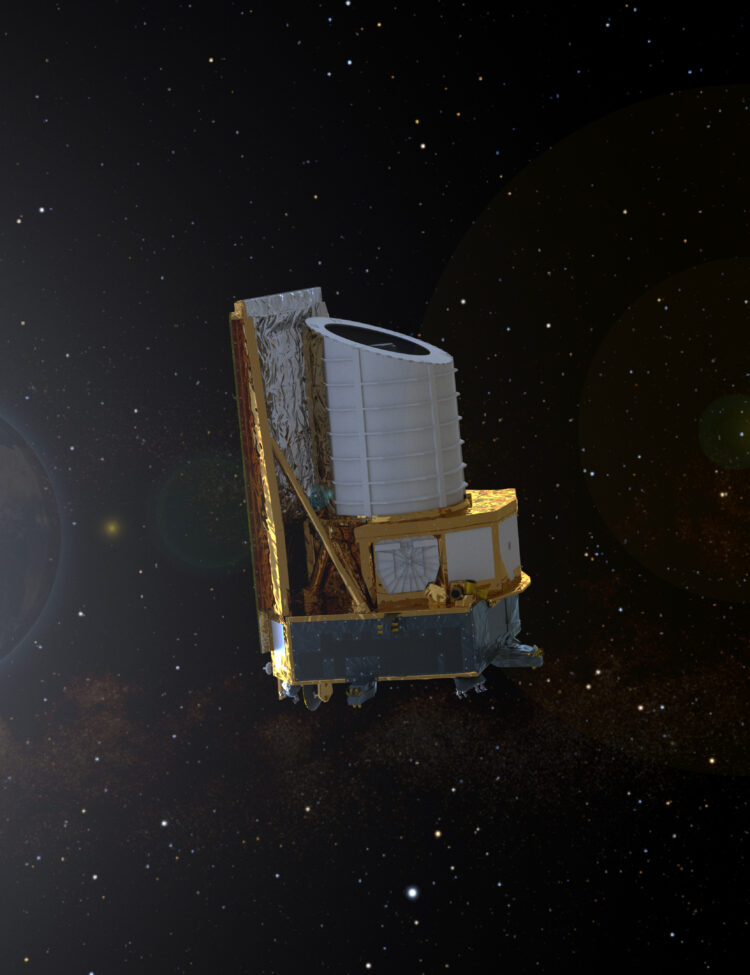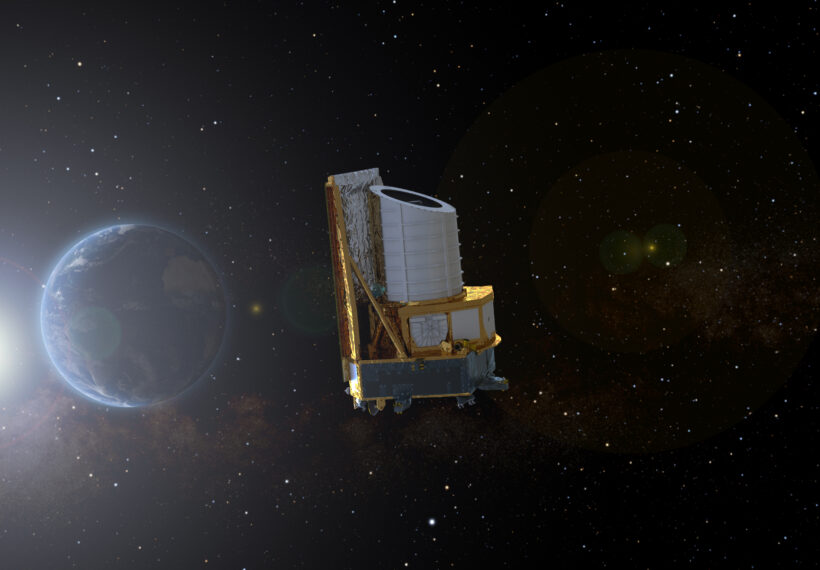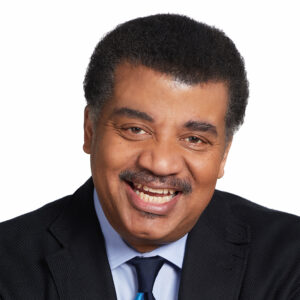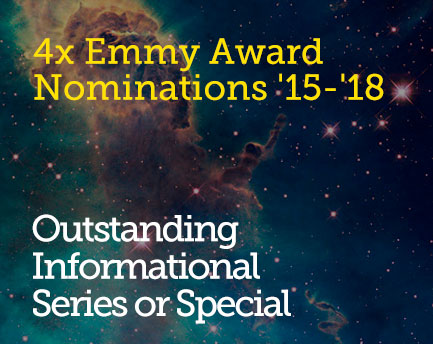About This Episode
What are dark energy and dark matter? Neil deGrasse Tyson and Chuck Nice learn about the Euclid Mission and our latest efforts to uncover the secrets of The Dark Universe with JPL Researcher, Jason Rhodes.
If dark energy is spreading out and getting thinner, how do you get more of it? Learn more about dark energy as a property of spacetime, how we verify dark energy, and the Nancy Grace Roman Space Telescope set for launch in 2027. Discover how the Nancy Grace Roman and the Euclid Space telescope will help us find out more about the nature of dark energy and dark matter.
Could there be black holes made out of dark matter? We discuss how scientists deal with only using images of the distant past and whether agencies collaborate or are competitive with each other. What is the Great Attractor? Find out about this fascinating feature of our Universe. Why do we assume dark matter is matter? What is space? Are dark energy and dark matter good names for these phenomena?
What happens when gravity waves collide? Learn about an European Space Agency mission, LISA, that will put lasers in space to detect gravitational waves. What methods did Euclid use to explore dark energy? Plus, why is it called the Euclid mission? Does it have anything to do with geometry?
Thanks to our Patrons Florian Mueller, Bartek Moryc, Lorena Pereira, Leon Helmink, Stephan Marty, sam jones, and Phillip Berryhill for supporting us this week.
NOTE: StarTalk+ Patrons can listen to this entire episode commercial-free.




 Unlock with Patreon
Unlock with Patreon


 Become a Patron
Become a Patron

